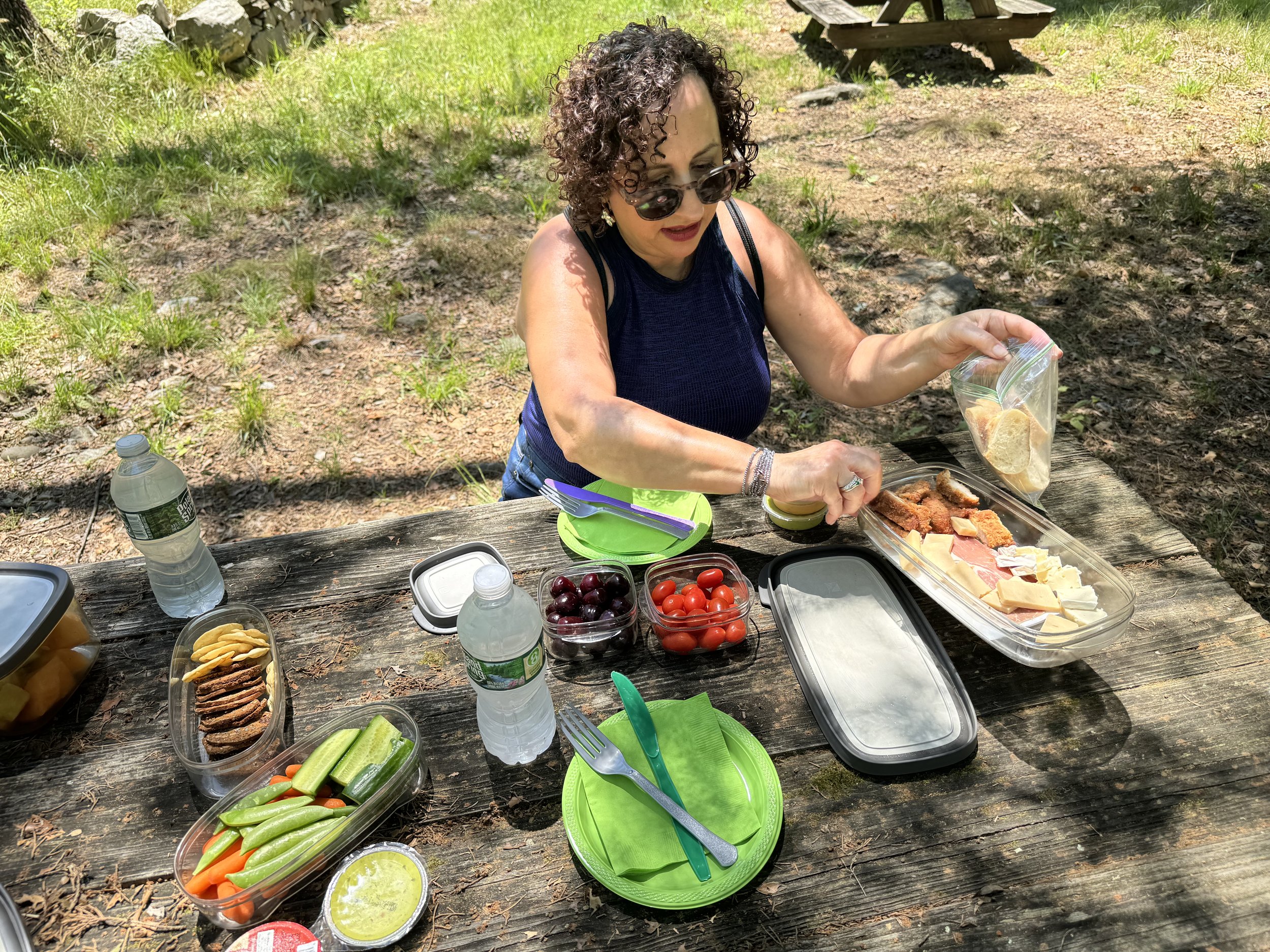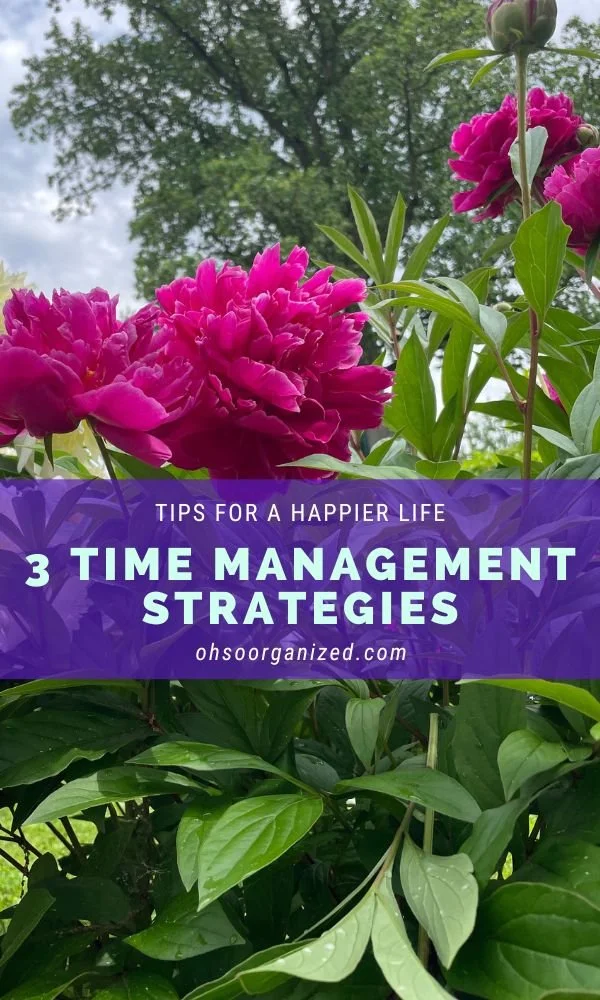What pace are you traveling as you transition seasons and greet the summer? Are you slowing down and taking time off for vacation? Or are you quickly filling your days to the point of exhaustion and overwhelm? Your pace directly correlates to how well you manage your time and enjoy life.
Whether or not you’re on vacation, you can integrate regular pauses during your week. Without breaks or stops, you become less efficient and productive. With moments to restore and refresh, the quality of your decisions improves. Pacing matters, especially if you want to let go of the extraneous and become more organized. Give yourself the best chance for success. Activate the power of lingering.
How can lingering increase happiness and make you a better time manager? While it may sound counterintuitive, lingering presents an opportunity for a mindful break while focusing on something enjoyable and restorative. Lingering lets you pause, appreciate, and slow down moments. You can then return to your day with a renewed focus on what you’re doing next.
Monthly Meditation and Writing Retreat
Most months, I participate in an inspiring virtual retreat led by my wonderful friend and Clarity Coach, Yota Schneider. She creates a safe, supportive space for women to gather, meditate, write, and share.
Several months ago, the retreat’s theme was “linger.” After our meditation, I wrote this passage during our free-write. It illustrates several ways lingering has had a positive effect on my life.
Thoughts About Lingering
Wet paws, conversations, and gelato. Those probably aren’t the first things that come to mind when you think of linger. However, as I calmed myself in the darkness, the faint sounds of train horns blowing juxtaposed with coyotes howling and the clock ticking. Wet paws, conversations, and gelato lingered in my mind.
Lingering is about time – the stretching, expanding, and slowing down of moments. While lingering can be thought of positively and negatively, happy stories and memories surfaced for me tonight.
Wet Paws
First, the wet paws. Our beautiful black lab, Norton, now long gone, loved going on forest walks with us. We often walked (the five of us – Steve, me, the girls, and Norton) down our block to the path in the woods that led to the Croton River. We’d go to this one spot where we climbed on the big flat rocks – each taking a seat. We’d sit barefoot with feet dangling in the water as we watched the river flow and heard its thunderous sound. Sun rays coming through the canopy of trees warmed us.
Norton, like us, picked his rock and submerged his front paws in the river. We lingered – each enjoying this beautiful time with no agenda and nowhere to go as if time stood still. And then, for unknown reasons, Norton would get up and decide it was time to leave. So we did. The lingering was over.
Conversations
Second – conversations. I’ve been missing my mom and two aunts (my mom’s younger sisters) a lot lately. We talked often. Our conversations meandered. Time felt like taffy – stretching and unending. We talked about love, family, and matters of the heart. We laughed, cried, and enjoyed our time together as we lingered leisurely and easily in free-flowing conversations.
The conversations with these three amazing women have ended—at least the out-loud ones have, as they are all gone.
“Lingering has restorative powers when you focus energy on positive moments.”
Gelato
Lastly, gelato. I recently had a gelato ice cream cone experience that I didn’t want to end. I tried to linger as long as possible while eating it. But you know how gelato goes—it melts, so my lingering time was limited.
But as I ate this delicious mocha gelato in a cone drenched in freshly dipped warm dark chocolate, I stretched out the enjoyment for as long as possible.
Linger. To linger. Lingering. The precious moments time offers. The beautiful moments I allow myself to savor.
Wet paws, conversations, and gelato.
Lingering has restorative powers when you focus energy on positive moments. Do you linger? If so, have you noticed helpful effects on your well-being or time management? I’d love to hear your thoughts. I invite you to join the conversation.
If you want help letting go, organizing, or managing your time better so you can enjoy life more, email me at linda@ohsorganized.com, call 914-271-5673, or schedule a Discovery Call. Change is possible, especially with support.





















